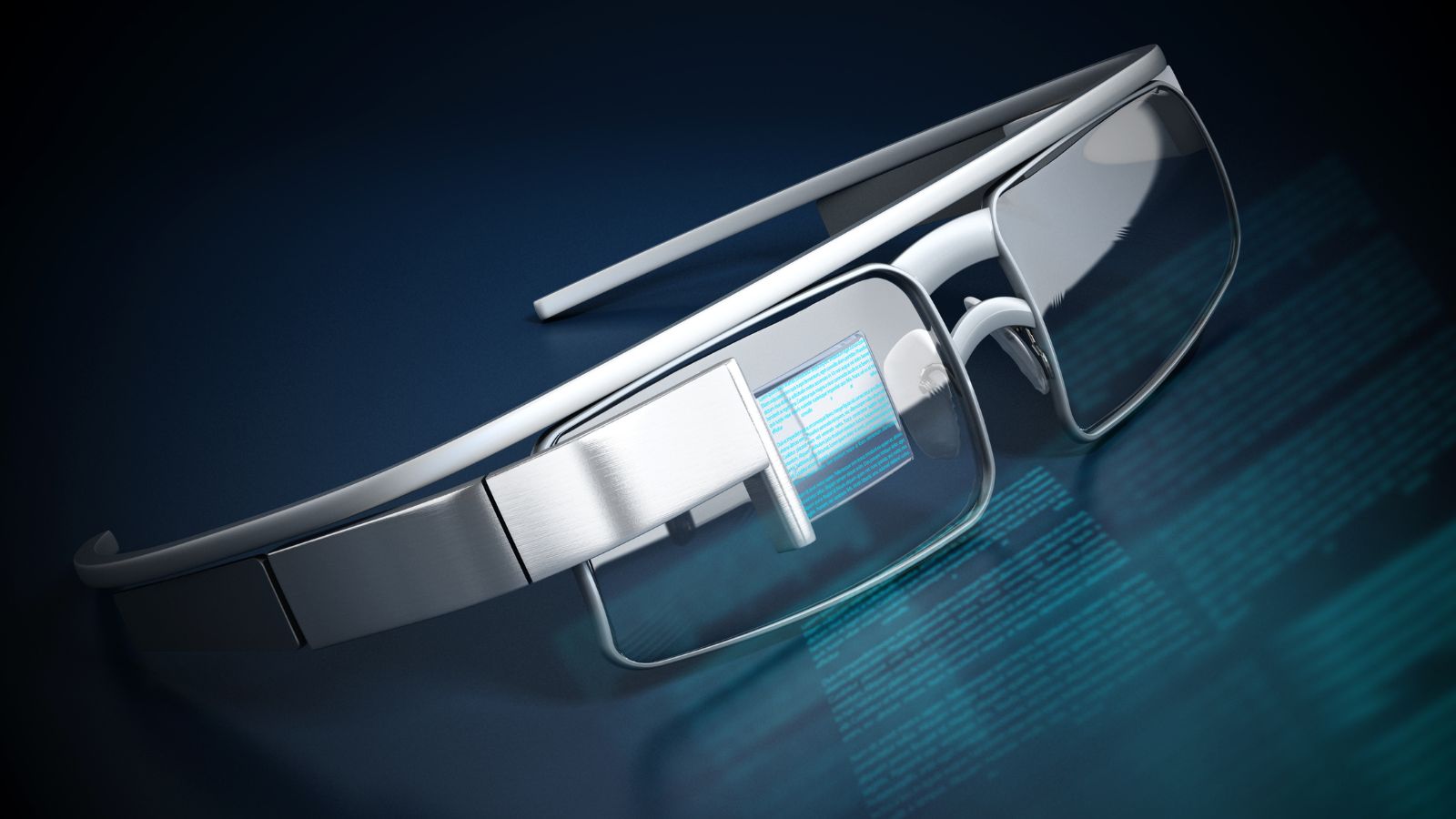
Thanks to new technology, smart glasses are now practical. They’re no longer a gimmick. Most people know what they are now. The latest models look like regular glasses, not face computers. Today’s smart glasses are worlds apart from the clunky days of Google Glass.
Tech giants are fully committed. Meta is introducing AI for your ears. Meanwhile, Google, Snap, Samsung, and Apple compete to launch their smart eyewear. Finding the right glasses can be tough with so many styles and prices available. The good news? You don’t need to be a tech whiz to pick the right pair.
Whether you’re testing cutting-edge wearables or looking for a seamless Safe Casino login experience on the go, smart glasses are now delivering real value without compromising on style or privacy.
What Smart Glasses Can Do
“Smart glasses” is a catch-all term that doesn’t tell you much. Smart glasses can do a lot. You may find AI shades, AR displays, or vision-boosting tools. So, it’s wise to know what you need before you shop.
In general, smart glasses fall into these categories, though many blend a few:
- Audio-first: These are earbuds embedded in glasses. They look like regular glasses. They let you stream music, handle phone calls, and even chat with an AI assistant—all hands-free. They don’t have screens or AR overlays.
- Camera-first: These are like a lighter GoPro. These glasses snap photos and record videos on the go, perfect for capturing spontaneous moments. Some even support live streaming.
- AR-first: These AR (augmented reality) glasses show digital information. They overlay digital content—like maps, texts, videos, and even 3D visuals—right in your sight.
- Vision-first: These are the most futuristic smart glasses. These aren’t about entertainment—they’re built to enhance your vision. You won’t find them in U.S. stores right now. Later versions may include smart zoom or lenses that adjust on their own.

So those are the basics. Here’s the gear:
Oakley Meta HSTN
Meta announced new smart glasses. Think of them as the next-gen Ray-Ban Metas—Oakley HSTNs, which bring all the same functions in a new frame. They play audio, take photos and videos, and enable chats with Meta’s AI. They also provide real-time language translation. Yet, Oakley HSTNs do some things better. They record sharp 3K video, beating Ray-Ban’s 1080p. Plus, they have a strong eight-hour battery life. Priced at $399, they’ll be up for pre-order on July 11.
Xreal One Pro
XReal’s One Pro smart glasses enhance your reality. You can watch movies in your glasses or check emails on a virtual screen. I was already impressed by the Xreal Pro series, but the new One Pro model takes things up a notch. Improvements now include a “Self-Developed Spatial Computing Chip” being built in. This means users can skip using a separate Android device. The expanded viewing angle adds a deeper, more engaging AR experience. The Xreal One Pro is on sale now for $649.00.
Viture Pro XR Glasses
The Viture Pro XR makes a 135-inch screen feel close, simulating it from 10 feet away. You get sharp 1080p visuals, all in a stylish pair of shades. They’re available now for $499.00.
Snap Specs
Snapchat’s smart glasses have evolved significantly since their 2016 debut. The new Snap Specs aren’t cameras—they’re full AR headsets in a chunky frame. They include AI, let you play games in AR, interact in shared 3D spaces, and even project a virtual OS onto your hand. I got to try them at Augmented World Expo 2025, and they were smooth, fun, and intuitive. They’re expected to launch in 2026. No price has been announced.
Google Android XR Glasses
Google has put the Google Glass troubles behind it and is set to launch a new pair of Android smart glasses. Google’s upcoming XR Glasses are rumored to have a built-in camera and Gemini AI. They may also offer a transparent display. This display would show directions, messages, or translations on your lenses. They’re working with Warby Parker and Gentle Monster to ensure they look sharp, too. Expected release: 2025–2026.
Samsung’s Project HAEAN
Samsung’s Project HAEAN remains under wraps, with details still tightly sealed. Leaks state they will be slimmer and easier to wear than previous headsets. They may run on Samsung’s new XR chip and include Galaxy AI, focusing on voice control and all-day comfort. The goal is to create a wearable that focuses on voice, AI, comfort, and ease of wear.
Conclusion
Smart glasses are here. They’re functional and more stylish than ever. No longer a futuristic fantasy! Big tech companies are joining in. Options include AR displays and vision-enhancing lenses. There’s something for everyone.







